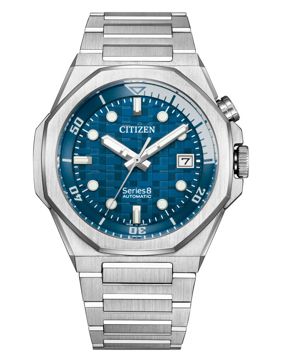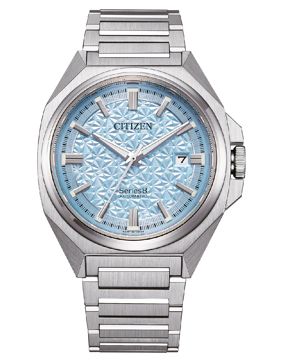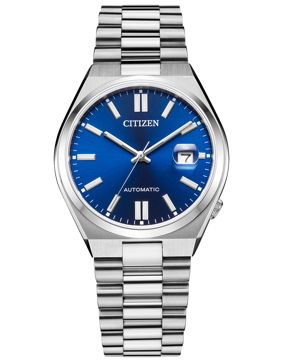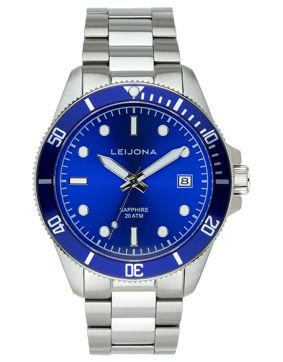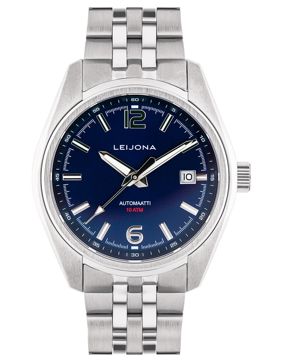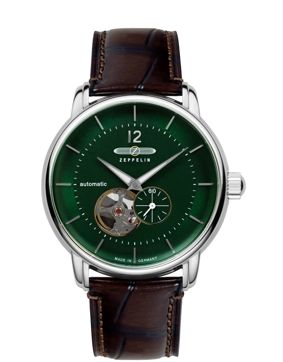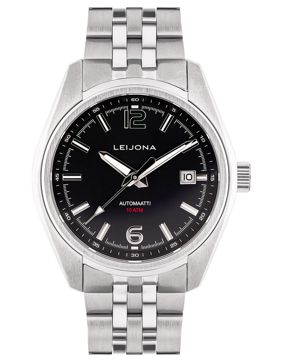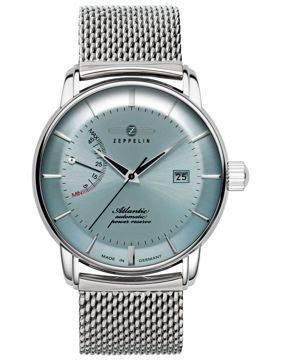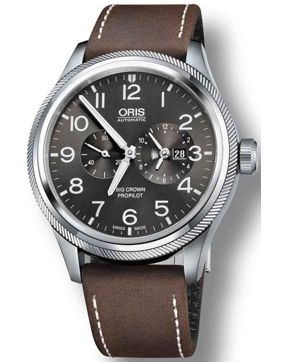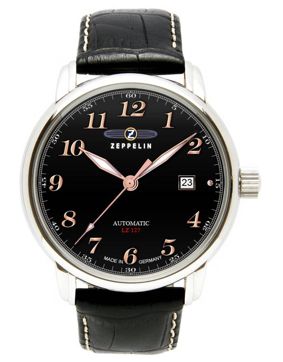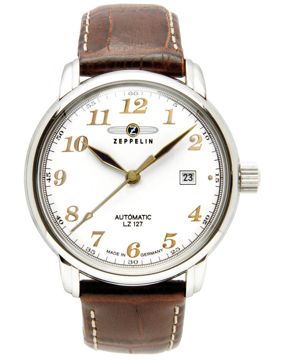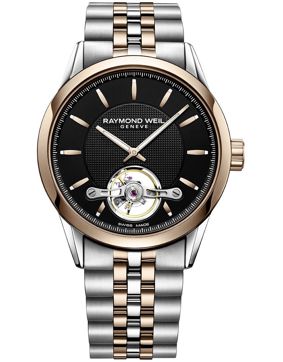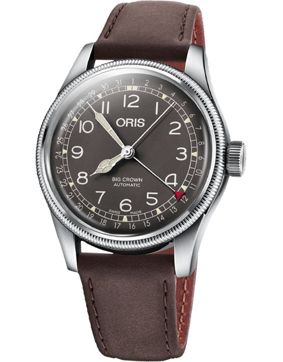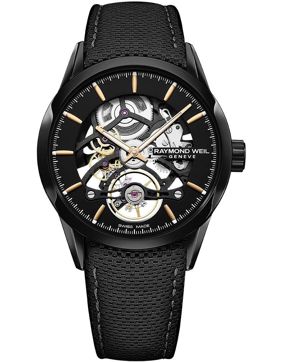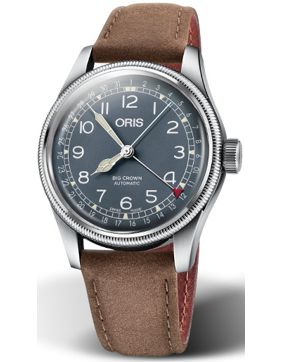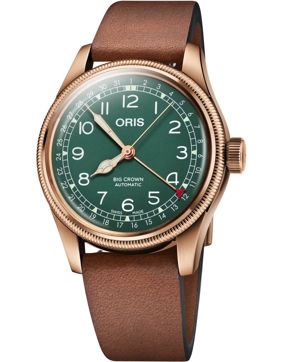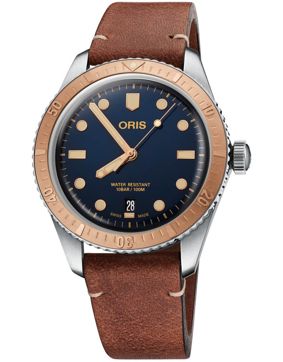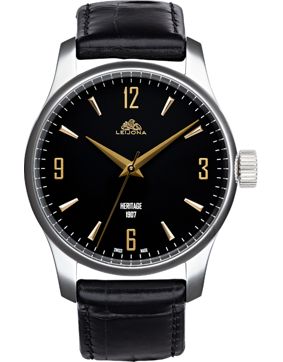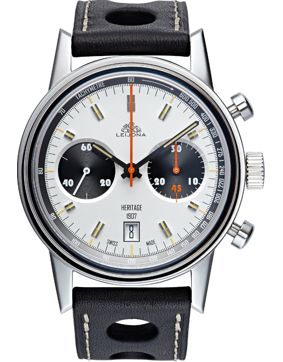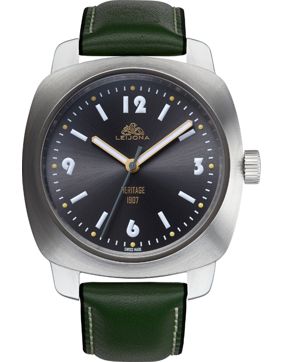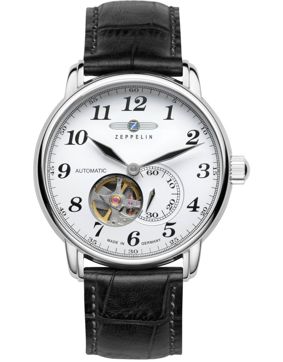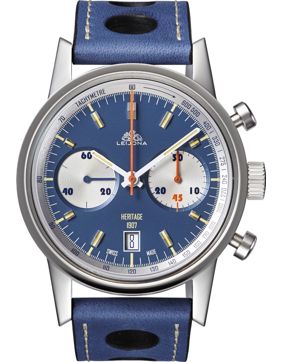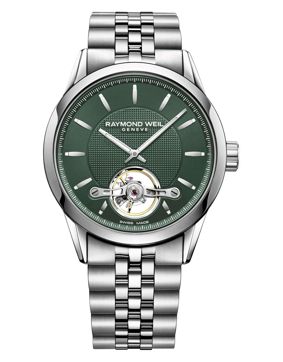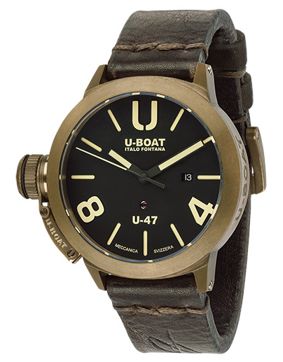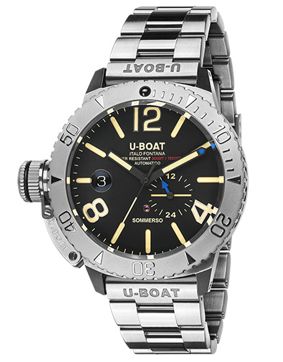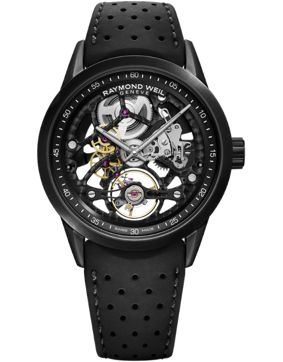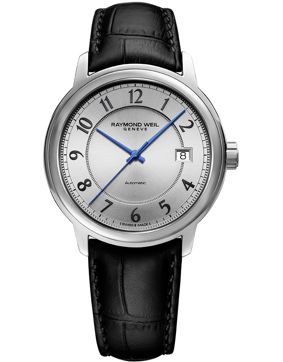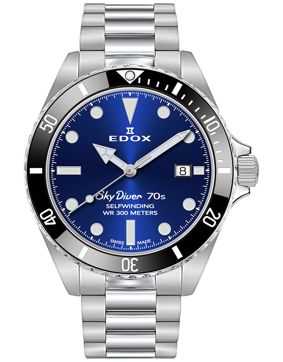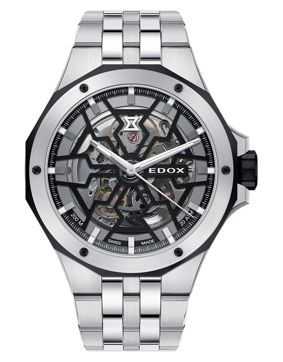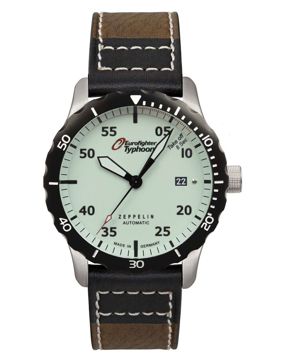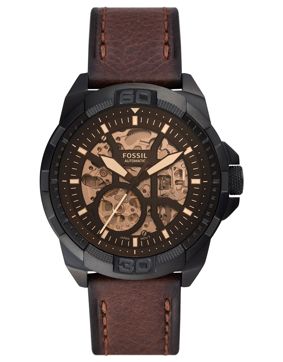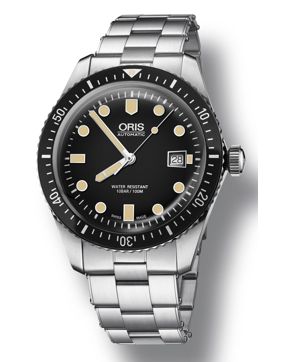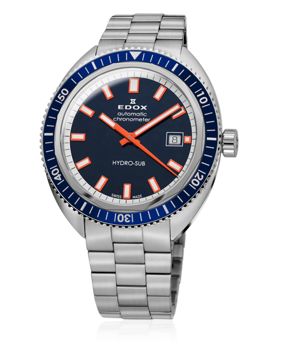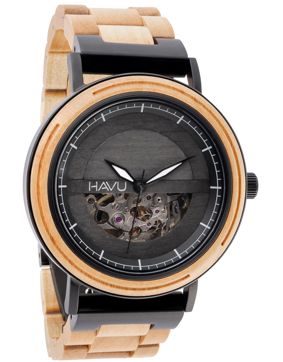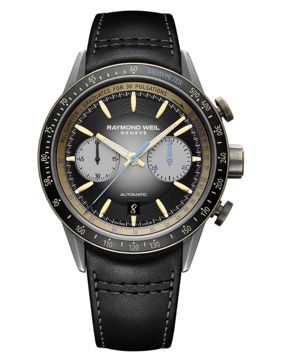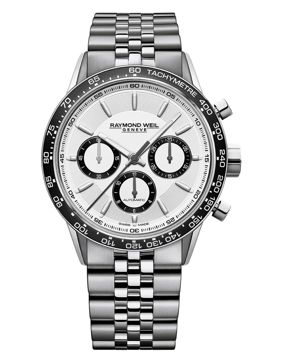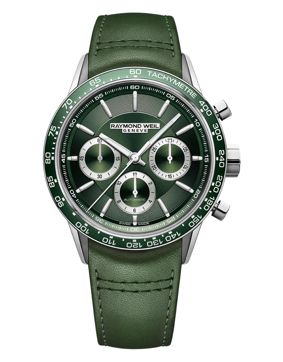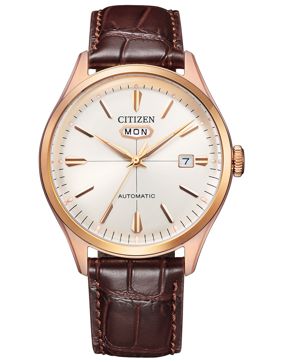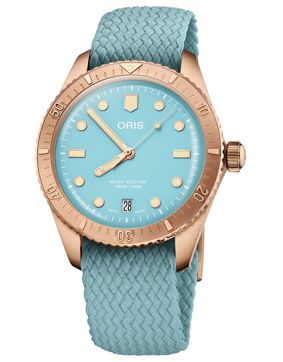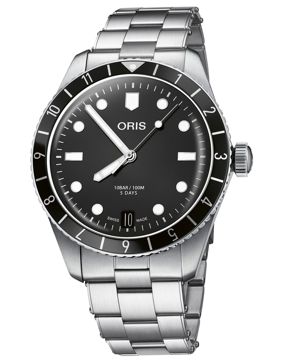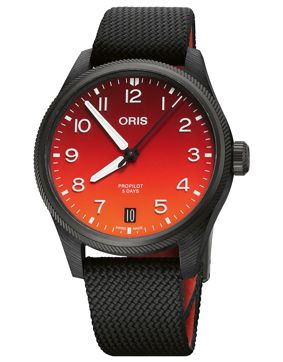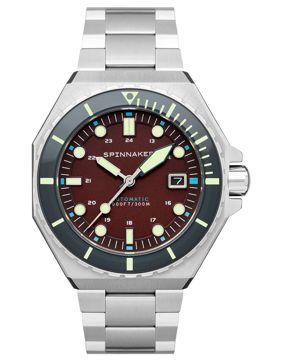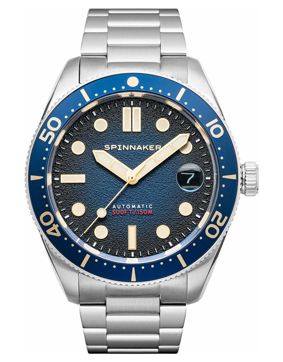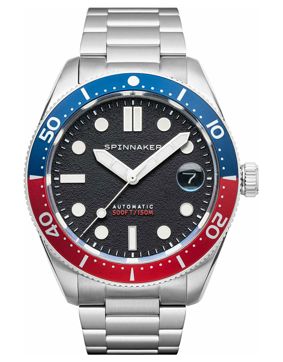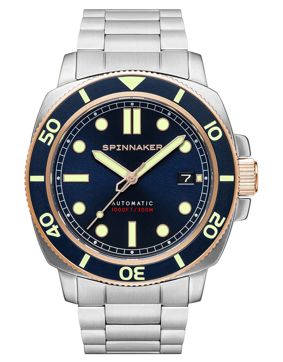-
Watches
-
Sport watches
-
Smart watches
-
By price
-
By price
-
Jewelry
-
By material
-
By material
-
Rings
-
By price
-
By price
-
Other
- Most popular categories
- Wallets
- Watch straps
- Watch boxes
- Jewelry boxes
- All other products
- OUTLET
- Customer account
We deliver to all EU countries!
Automatic Watches

-36%
-36%
In stock
€2,950.00
€1,890.00

-36%
-36%
In stock
€2,950.00
€1,890.00

-30%
-30%
In stock
€2,750.00
€1,912.00

-35%
-35%
In stock
€2,750.00
€1,780.00
Mechanics of automatic watches
Automatic watches, or self-winding watches as some like to call them, are almost like mechanical watches. The watch gets its energy from the mainspring that is adjusted around the mechanism. When the mainspring tries to open up it gives its energy to the movements of the watch’s mechanism. The wristwatch is automatically winded, usually by the movements of your hand, thus also the term "self-winding watch". As your hand moves a counterweight rotates around inside the watch and winds the mainspring. To maintain proper winding you need to use your watch regularly. Some automatic watches are charged by sunlight, but these watches have a battery where that energy is stored. Alternatively, you can wind your clock manually by using the crown just like in a normal manually winded watch.
History of automatic watches
History of the automatic watches began in the 1770s. A Swiss watchmaker Abraham-Louis Perrelet created a mechanical device that developed energy from its user’s movements. The device could power up a pocket watch for eight days. At the end of the 18th Century, some watchmakers still launched corresponding pocket watch models but they suffered from reliability problems. The real revolution of automatic wristwatches began after World War I. Finally, the developed processes enabled the small wristwatches that could wind themselves. Because the user’s hand movements created more kinesthetic energy than pocket watches, engineers were finally able to transform energy into moving mechanisms more easily. The English watch repairer John Hardwood was the first one to achieve it. He applied for patents for automatic wristwatches in England and Switzerland in 1923. Hardwood began producing watches in his factory in Switzerland in 1928. When fully charged the watches could function for 12 hours. Soon other producers adopted John Hardwood’s design and so began the era of automatic watch development.
Benefits of automatically winding watches
People prefer automatic watches because they have traditional aesthetics, they provide comfort and they are very durable. The watches demand only a little maintenance and they have a detailed structure. Manufacturing and developing the nature of the watch requires the same amount of engineering and professional skills as a mechanical watch. Automatic wristwatches have just as sophisticated and soft hand movements as mechanical watches. The watch is also a completely ecological choice because it doesn’t need a battery. It doesn’t create hazardous waste like a battery-operated watch does. The service intervals of automatic watches are also much longer than those of battery-operated ones. It is also a much more carefree option because you don’t need to wind it.
Watch Winder – pay attention to the longevity of your watch
A watch winder is an essential device for all automatic watch owners. These devices provide a convenient solution for winding watches while they are being stored. Automatic watches operate using the energy generated by wrist movement, and if they are not worn regularly, they can stop. A watch winder keeps the watch running, saving time and effort. The first significant benefit of watch winders is their ability to keep watches always on time. This is particularly important for complex automatic watches such as chronographs, which have multiple functions such as calendars or moon phase indicators. Manually adjusting these can be time-consuming and challenging. With a watch winder, your watch will always be accurate and ready for use.
The second key advantage is the improvement of the watch's longevity. Automatic watches are fine mechanical devices that benefit from regular use. When the watch's mechanism is in constant motion, lubricants are evenly distributed, reducing wear and extending the watch's lifespan. A watch winder provides continuous movement that is optimized to meet your watch's specific needs. Additionally, watch winders offer a secure and stylish storage solution for valuable watches. Many watch winders come with built-in security features such as lockable covers and safety mechanisms that protect your watches from theft and damage. We recommend exploring the popular models from the WOLF. View the full watch winder range here.

